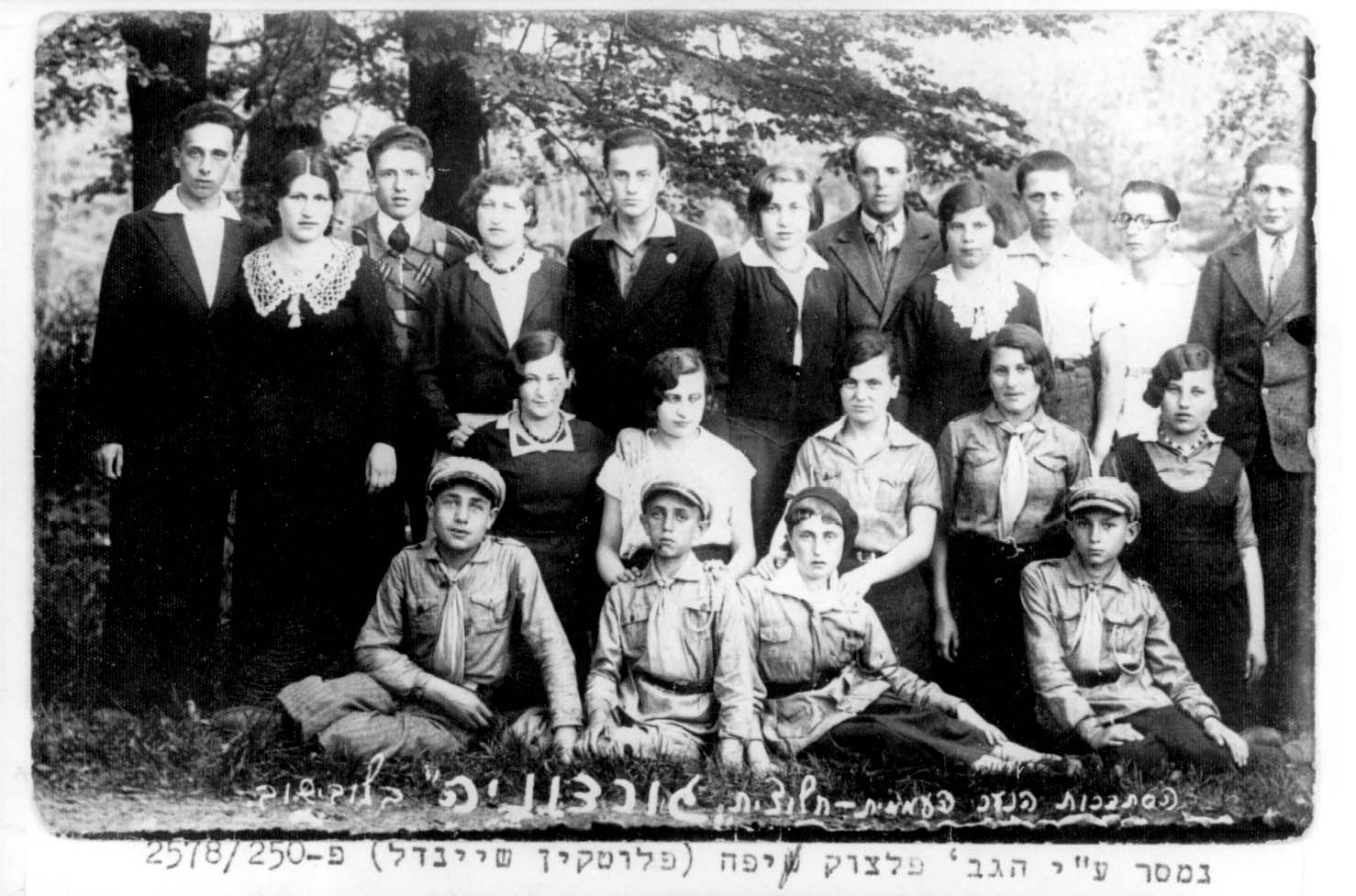

Lubieszów

In September 1939, with the arrival of the Red Army in the town following the Ribbentrop-Molotov Pact, Lubieszów became part of Soviet Ukraine. During this period some refugees from Nazi-occupied Poland fled to the town.
The Germans captured Lubieszów on June 29, 1941. Shortly after the beginning of the occupation, local Ukrainian nationalists gained control of the town and carried out a pogrom. Many Jews were robbed and several were killed. In reaction local Jews organized a self-defense group. At the end of July 1941, outside the town, near Sudcze village an SS unit shot to death several dozen Jewish men (including the rabbi of the town - Rabbi Yitzhak Aron Weingarten), who were accused of having collaborated with the Communists. In the summer and fall of 1941 the German authorities implemented a number of discriminatory measures against the Jews. They forced them to wear white armbands with the Star of David (subsequently replaced by yellow patches on their clothes); the Jews also had to perform forced labor, such as cleaning, and loading wood at the railway station. In late September 1941, on the orders of the Gebietskommissar (regional commissar) of Kamień Koszyrski Fritz Michaelis a six-member Jewish council was established, along with a Jewish police force. Between July 1941 and February 1942 the Jewish community was subjected to a series of demands for money.
In early May 1942 the Gebietskommissar ordered the creation of a ghetto (enclosed by a tall fence topped with barbed wire), into which all the Jews of the town and the surrounding villages of Lubieszów County were forced. It is estimated that approximately 2,000 Jews were confined in the ghetto.
In August 1942 the Germans conducted murder operations in different locations. During the selection that was had carried out on the ghetto's square several hundred Jews were shot to death while trying to escape from a synagogue where they had been held. Several hundred others were shot to death in two other locations - near the village of Sudcze and near the village of Wólka-Lubiesziwska. Apparently during this period of time a group of Jewish men was taken to build a bridge over the Prypyat River near the village of Lubiaż. After the bridge was completed, all of them were shot to death at the site.
Along with their families, several dozen Jewish craftsmen who had been spared during the selection and taken back to the ghetto were soon joined by most of the approximately 200 Jews who had escaped but whom the Ukrainian police had succeeded in rounding up. The ghetto was liquidated in November 1942, when its last inmates were shot to death inside the ghetto near the town's synagogue.
The Gebietskommissar Fritz Michaelis was in charge of these murder operations.
Lubieszów was liberated by the Red Army on July 20, 1944.

